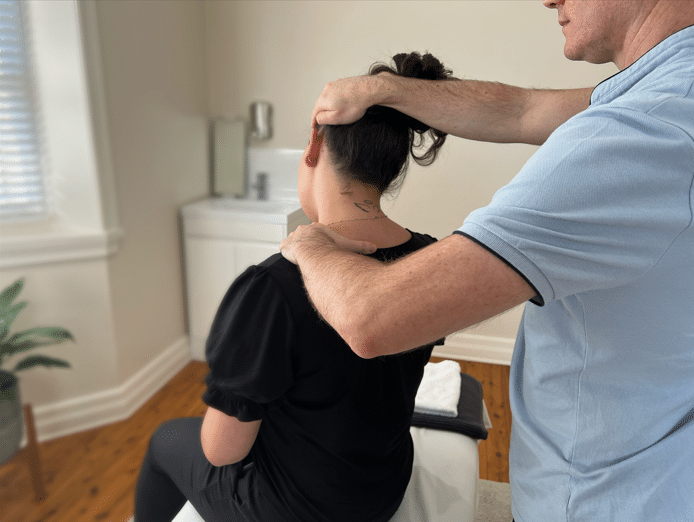- 02 9712 1736
- [email protected]
- 212 Great North Road, Five Dock, NSW 2046
- Open 6 days from 7am
We are all familiar with pain. You no doubt have experienced it at some point in your life. Back pain, for instance, is the leading cause of missed days at work. Because after spending hours working on the computer, you no doubt have felt a nagging dull ache across the top of your shoulders into your neck. Suppose you have been less fortunate, and the pain you have experienced is a debilitating sharp lower back pain. Many people experience intense sciatica in the lower back. That has stopped you from being able to carry out your daily activities. You are not alone. Evidence suggests that 80% of the adult population will have experienced back pain at least once in their lifetime.



About
Five Dock Osteopathic & Chiropractic is located in Canada Bay, in Sydney’s Inner West. Servicing suburbs including Burwood, Croydon, Drummoyne, Five Dock, Haberfield, Concord, Abbotsford, Chiswick, Leichhardt, Wareemba, Russell Lea, Summer Hill, Strathfield.
Clinic hours
Monday, Tuesday, Thursday 7AM – 7PM
Wednesday, Friday 7AM – 5PM
Saturday 7AM – 2PM
Sunday Closed
Contact details
212 Great North Road, Five Dock, NSW 2046
Phone: 02 9712 1736
Fax : 02 9712 1736
Email : [email protected]